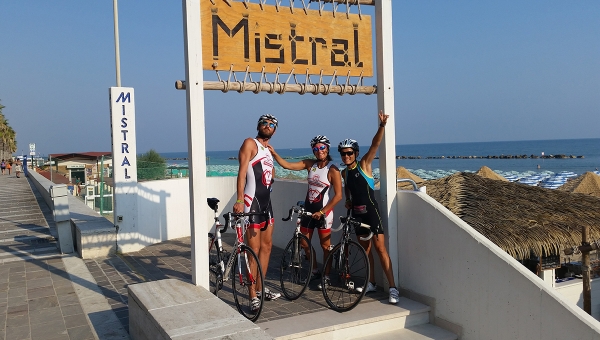Are you looking for an idea to spend an unforgettable weekend? You are on the right page: today we offer you a unique opportunity to visit the pearls of the Adriatic: Termoli and the Tremiti Islands.
Why visit Termoli?
Termoli is a charming town, overlooking the Adriatic Sea, in a strategic position: 3 hours from Rome, 2 from Naples and about an hour from the Gargano. Its favorable location is attested by the Italian Greenwich appellation: here the 42nd parallel North and the 15th East meridian (the central meridian of the time zone of Rome, Paris and Berlin) cross. According to the rankings of several Italian magazines, Termoli is considered one of the most beautiful villages in Italy. Its small size allows you to visit it even in a weekend, passing through itineraries that include the Tremiti Islands or the beauties of Molise and Puglia.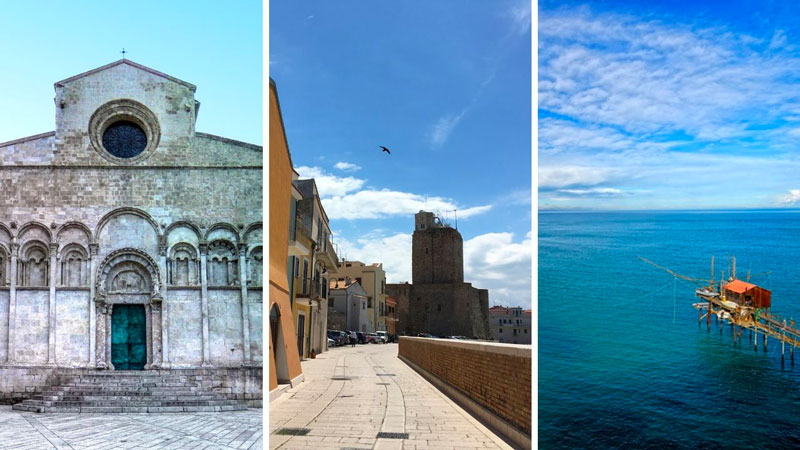
What to see in Termoli?
Its most suggestive glimpse is certainly the ancient village overlooking the sea, surrounded by defensive walls and watchtowers, built to protect it in case of attacks from the sea. Walking through its alleys, among which the narrowest alley in Europe stands out, you come across architectural wonders:
- the Svevian Castle, dating back to the Norman era and dating back to the 11th century, was renovated in 1247 by Frederick II of Svevia;
- the Cathedral, built between the twelfth and thirteenth centuries, underwent some changes with the earthquake of 1464 that are found in the different architectural style of the facade. The lower part has preserved the original Apulian Romanesque style, the upper part is in the Gothic style. Inside there are the remains of San Basso, the patron saint of the city;
- the Trabucco (or "trabocco", according to the Abruzzese pronunciation), a traditional fishing system, consisting of a stilt house connected to the mainland via a walkway.
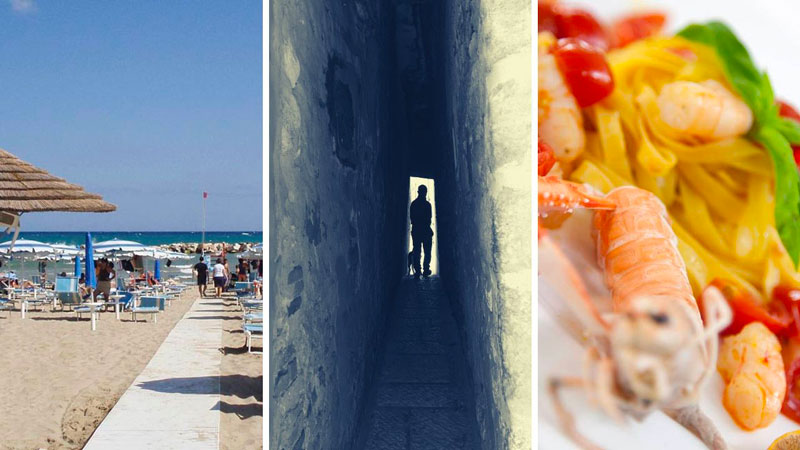
A city suitable for children
In addition to the historical monuments and the beautiful ancient village, what characterizes this wonderful town is the presence of a crystal clear sea with a shallow bottom and a very fine sand. This makes it particularly suitable for children, thanks also to the presence of beach club that offer animation and entertainment services for the little ones. Termoli is also the closest port to Tremiti islands, reachable with a crossing in less than an hour. The connections with the islands, especially in the summer, are numerous: this allows you to visit Tremiti in a day starting from Termoli.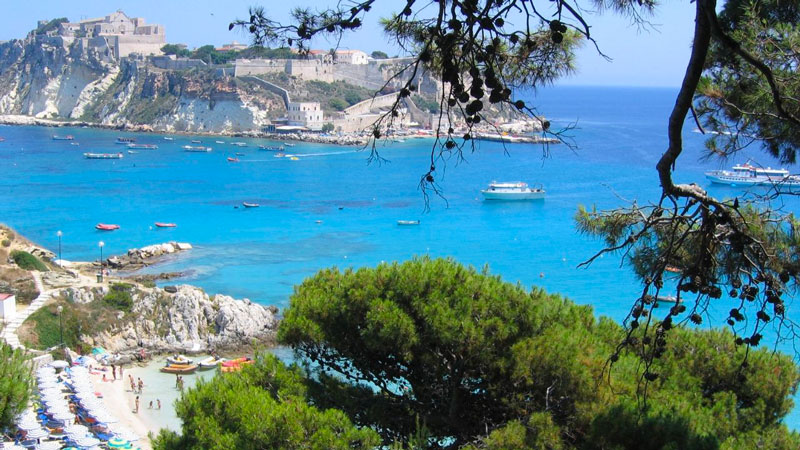
Tremiti Islands, the "pearls of the Adriatic"
The Tremiti Islands belong to Puglia, but are connected to the coast with ferries and motorboats that leave from the port of Termoli. They are also known as the pearls of the Adriatic. The main feature of these islands is the luxuriant and uncontaminated nature: on the largest island, San Domino, there is a large pine forest of Aleppo pines, which gradually slopes down to the cliff. For sea lovers, then, they are an essential destination: crystal clear water, seabeds that offer a great variety of colors, the possibility of diving, the sea caves which, together with the huge rocks, are the most fascinating natural resources to be admired on the island.
For history lovers, it is a must to visit the island of San Nicola, the second largest in the archipelago. The imposing walls of Torrione Angioino dominate the island and speak of a past characterized by history and legend, corsair struggles and religious symbols. In ancient times the Tremiti Islands were also known as the Diomedee Islands, in homage to the Homeric hero who, according to legend, was buried there.
The archipelago also includes smaller islets, all uninhabited, but characterized by unspoiled nature: Caprara, Cretaccio and Pianosa. To admire the islands in all their beauty, we strongly suggest a guided tour of the sea caves.
Book your stay in the Tremiti Islands directly at the hotel and discover the offers
The Hotel Mistral has arranged a ticket booking service for the Tremiti Islands directly at the reception, avoiding boring queues at the ticket office. Check the box below to find out the current promotions. Here is a typical offer that we offer to sea lovers: 2 days of pure relaxation with overnight stay in a room of our 4-star hotel, sea view and equipped with all comforts and excursion to the Tremiti Islands.
The offer is limited, check availability.

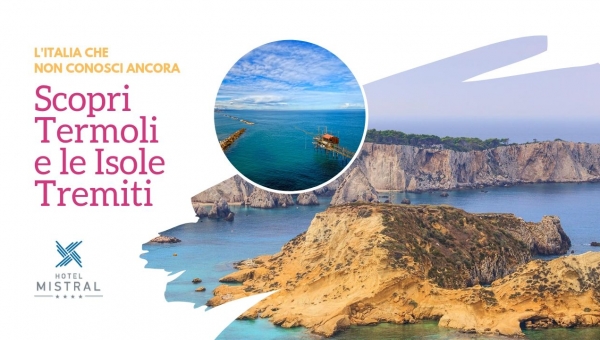
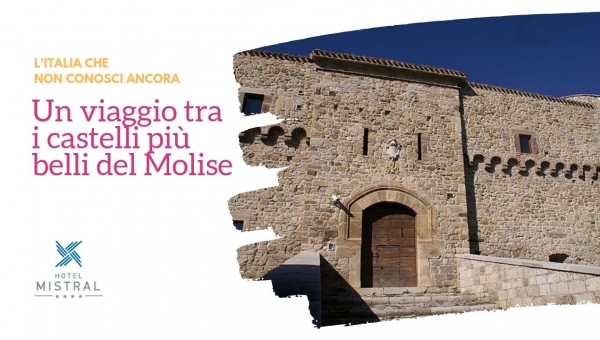
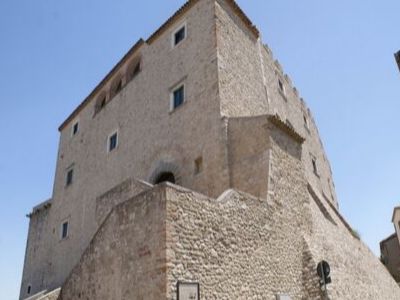
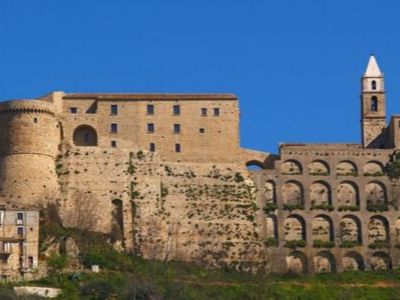
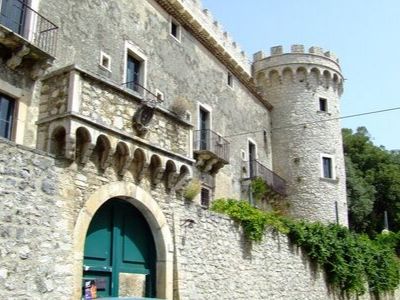
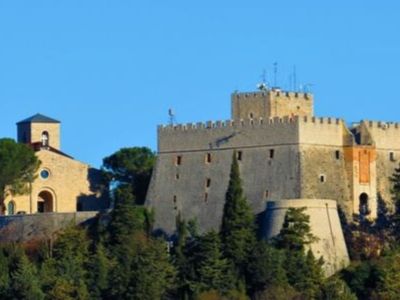
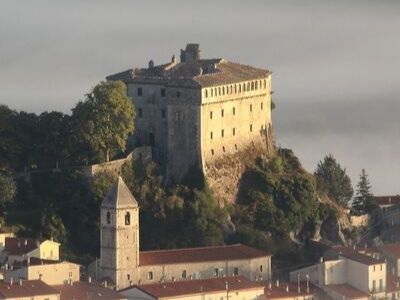
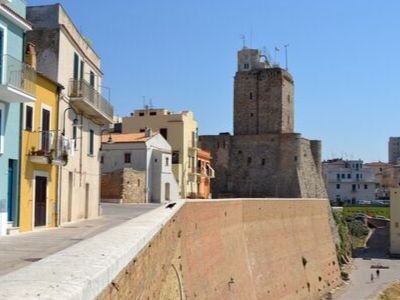
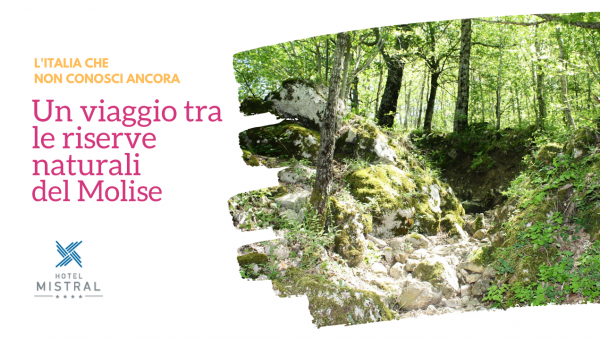
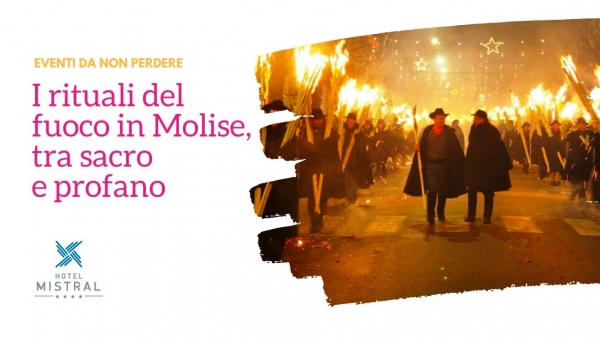
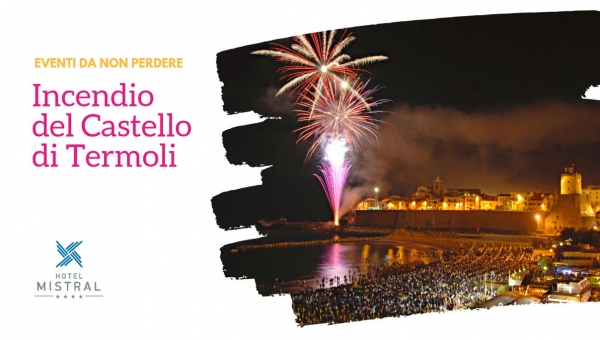
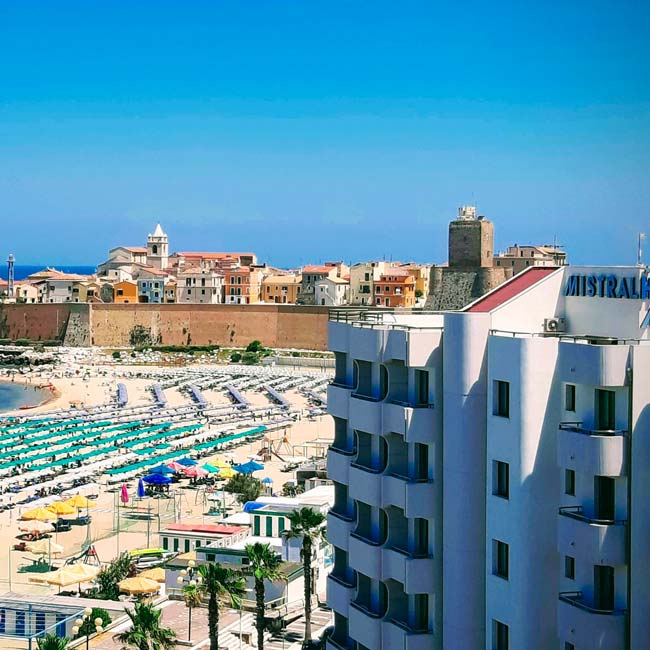
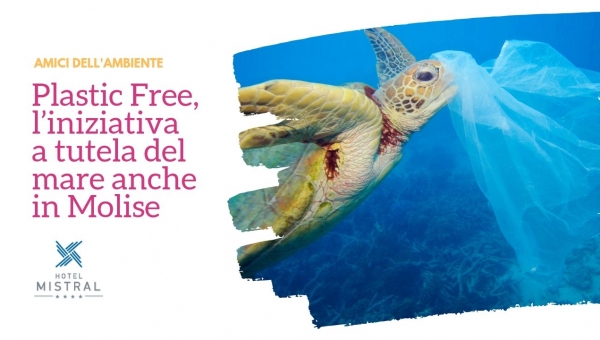
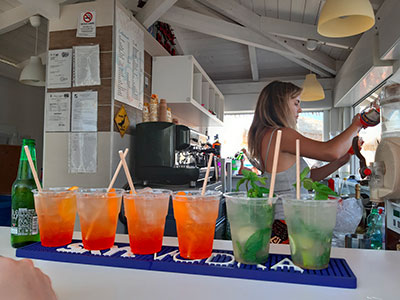 Plastic Free TermoliEvery year about 8 million tons of plastic end up in our seas and oceans, which inexorably undermines the health and life of the marine ecosystem. What is consumed in the seas, can be considered in all respects an extermination: just think that 90% of the fish we fish have plastic residues in the bowels. Over 270 marine species are considered at risk, because they are particularly prone to being trapped in plastic waste, such as the now notorious abandoned fishing nets. Among the most affected animals are turtles, which swap plastic bags for jellyfish and swallow them go to certain death.
Plastic Free TermoliEvery year about 8 million tons of plastic end up in our seas and oceans, which inexorably undermines the health and life of the marine ecosystem. What is consumed in the seas, can be considered in all respects an extermination: just think that 90% of the fish we fish have plastic residues in the bowels. Over 270 marine species are considered at risk, because they are particularly prone to being trapped in plastic waste, such as the now notorious abandoned fishing nets. Among the most affected animals are turtles, which swap plastic bags for jellyfish and swallow them go to certain death.  Plastic Free Termoli In the era of mass consumption, where everything must be consumed here and now, thinking about a world without plastic may seem impossible. Wherever it is placed, our gaze always comes across objects produced with this material. In the 1950s, those of the economic boom, plastic seemed to represent the future: economic and resistant, the myriad of uses that could be made of it were immediately visible. It was thus produced on a large scale and since then the multinationals continue to produce and sell disposable plastic, despite the fact that 90% of the existing plastic has never been recycled.
Plastic Free Termoli In the era of mass consumption, where everything must be consumed here and now, thinking about a world without plastic may seem impossible. Wherever it is placed, our gaze always comes across objects produced with this material. In the 1950s, those of the economic boom, plastic seemed to represent the future: economic and resistant, the myriad of uses that could be made of it were immediately visible. It was thus produced on a large scale and since then the multinationals continue to produce and sell disposable plastic, despite the fact that 90% of the existing plastic has never been recycled. Plastic Free Termoli An initiative that goes in the right direction is certainly the one strongly desired by the European Union. While entire areas of the planet with high urbanization rates, such as China and India, still seem uninterested in this threat to the ecosystem, once again Europe is setting a good example. The objectives set by the latest European directives on circular economy in general and plastic reduction in particular are important, but each State and each Region will have to play their part. In Molise, the use of disposable plastic on the beaches has finally been banned: no more plates, glasses, cutlery, plastic straws on the entire coast.
Plastic Free Termoli An initiative that goes in the right direction is certainly the one strongly desired by the European Union. While entire areas of the planet with high urbanization rates, such as China and India, still seem uninterested in this threat to the ecosystem, once again Europe is setting a good example. The objectives set by the latest European directives on circular economy in general and plastic reduction in particular are important, but each State and each Region will have to play their part. In Molise, the use of disposable plastic on the beaches has finally been banned: no more plates, glasses, cutlery, plastic straws on the entire coast.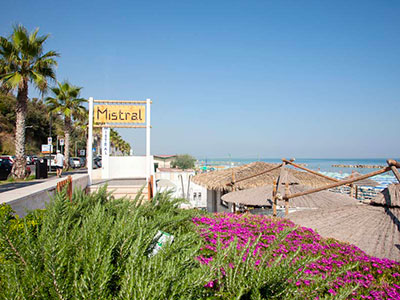 The Lido Mistral beach club is proud of the initiative and has made itself ready, because we were already determined to carry out this awareness-raising work, regardless of the regulatory provisions. From now on, sipping a cocktail by the sea will no longer harm our fish, our seabed, our children. Let's all help: let's save our sea.
The Lido Mistral beach club is proud of the initiative and has made itself ready, because we were already determined to carry out this awareness-raising work, regardless of the regulatory provisions. From now on, sipping a cocktail by the sea will no longer harm our fish, our seabed, our children. Let's all help: let's save our sea.